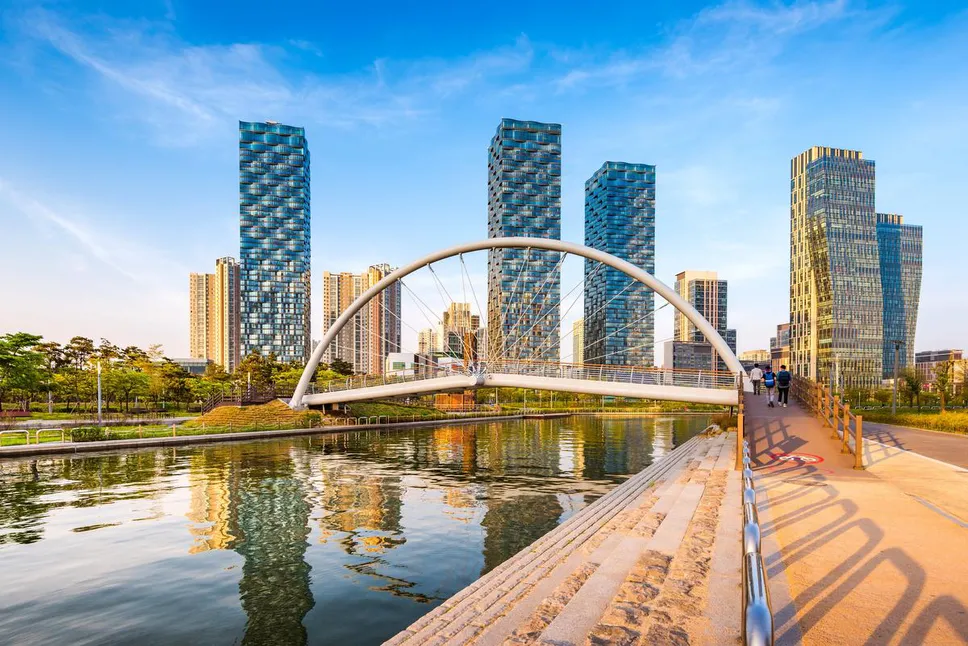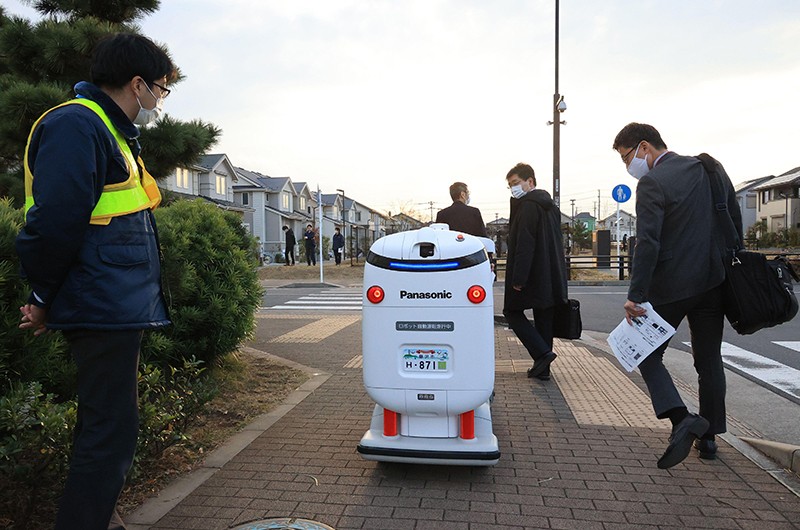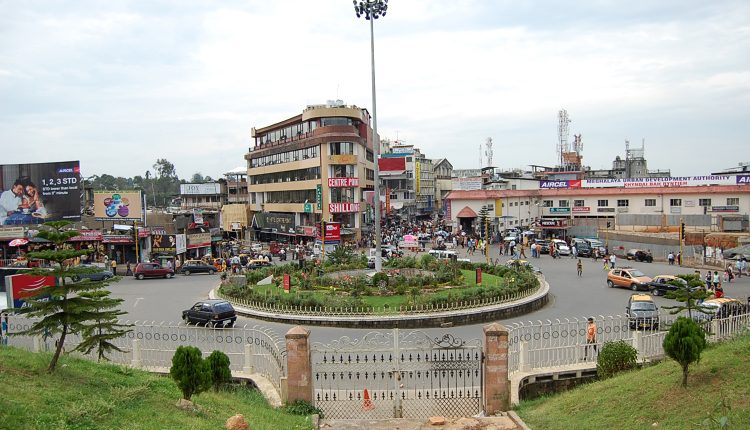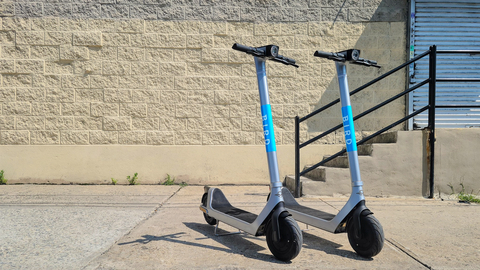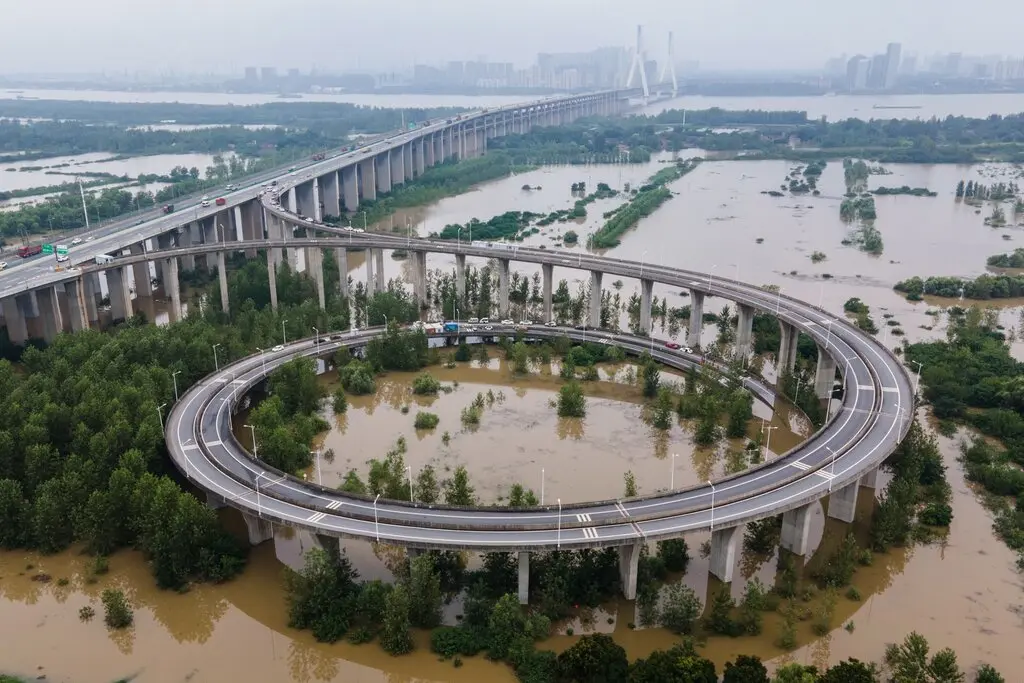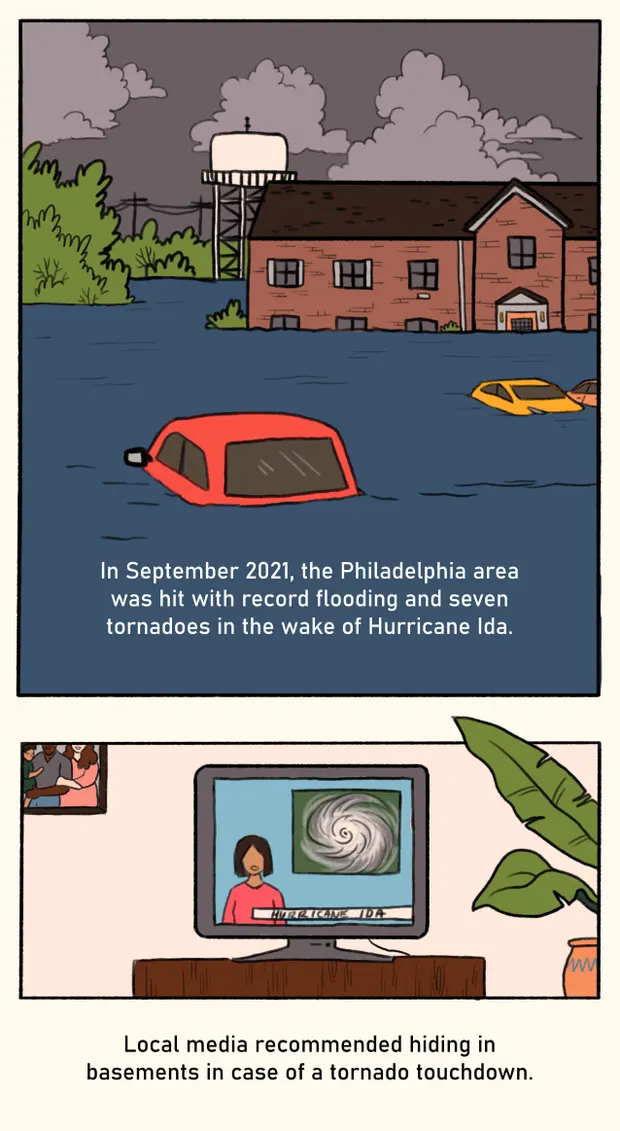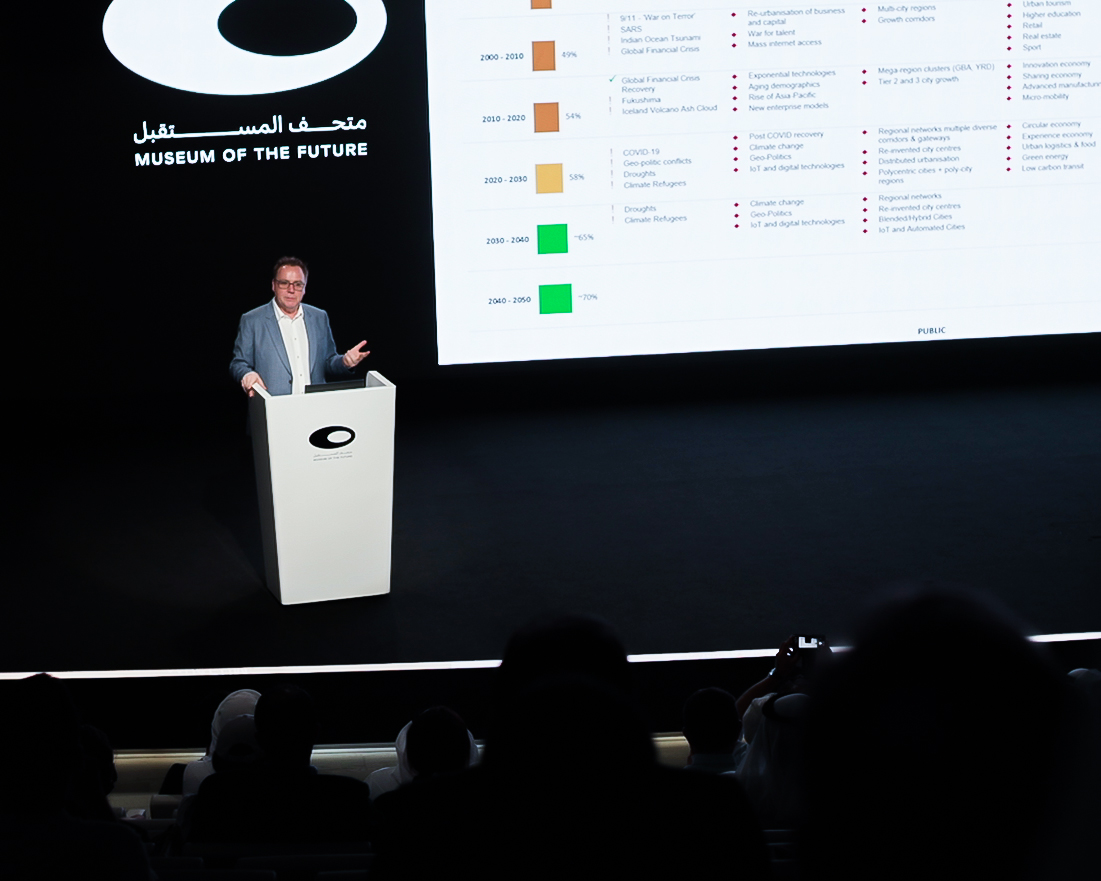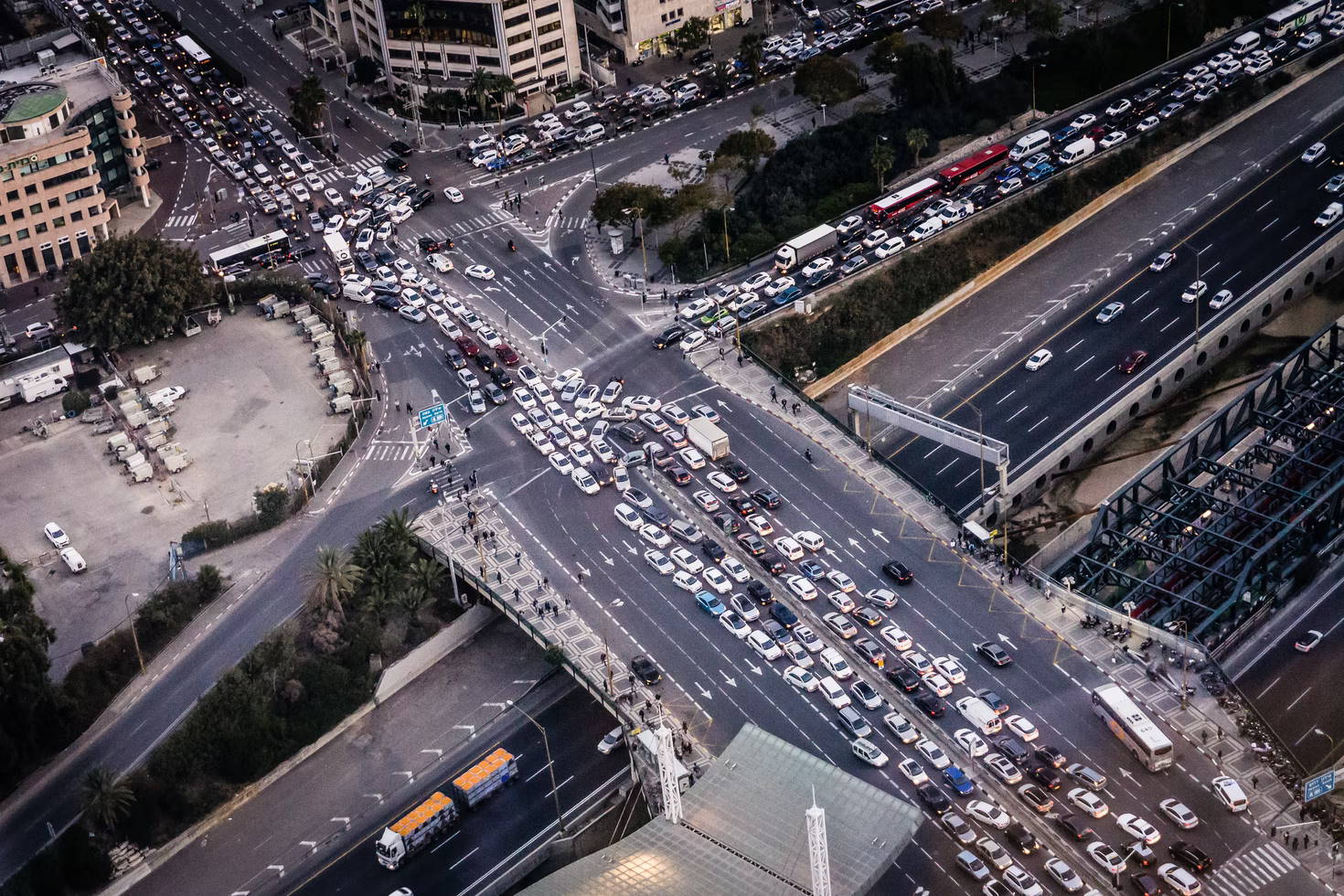
In 1959, in a short essay called “The Great Game to Come,” a little-known Dutch visual artist named Constant Nieuwenhuys described a new utopian city—one that he was soon to dub “New Babylon.” “The technical inventions that humanity has at its disposal today,” he presciently stated, “will play a major role in the construction of the ambiance-cities of the future.”
Like nearly every imagined future utopia, New Babylon was never built. It was manifested only in architectural drawings, sketches, maps, collages, and experimental films. Its creator, generally known as Constant, envisioned his city as a complex network where artificial and natural spaces would be linked together by communication infrastructures; “recourse to a computer” would be necessary to resolve such a complex organizational problem. But New Babylon was to be something even more radical: a place where new technologies would replace the drudgery of labor by automatic processes, enabling the city’s inhabitants to experience a “nomadic life of creative play.”
+INFO: MIT
\Imagen from MIT




